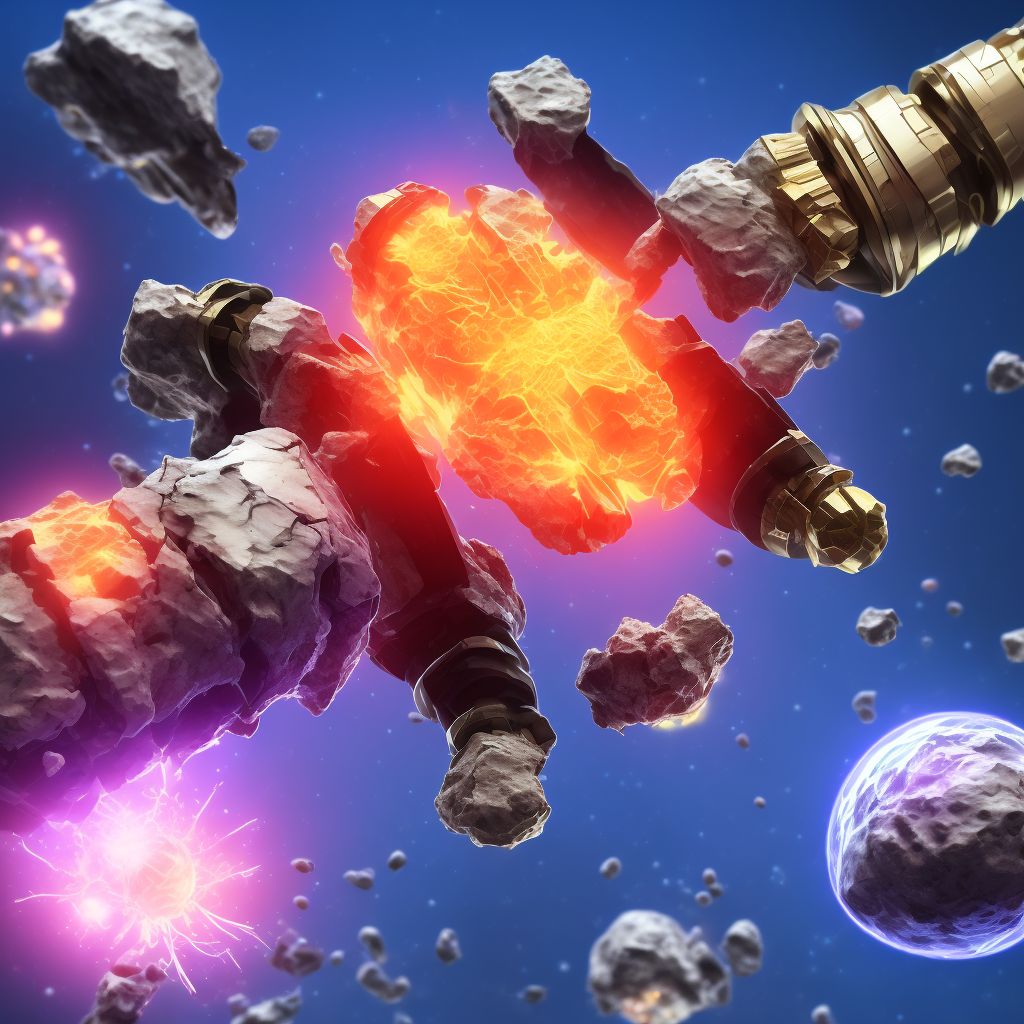
Nondisplaced transverse fracture of shaft of left tibia, subsequent encounter for open fracture type I or II with delayed healing Save
ICD-10 code: S82.225H
Disease category: S82.225: Nondisplaced transverse fracture of shaft of left tibia
Nondisplaced Transverse Fracture of Shaft of Left Tibia: Understanding Delayed Healing
A nondisplaced transverse fracture of the shaft of the left tibia is a specific type of bone fracture that occurs when the tibia, or shinbone, breaks horizontally across its shaft without any significant displacement. This injury can be further complicated when it evolves into an open fracture type I or II and experiences delayed healing. In this article, we will delve into the causes, symptoms, and factors contributing to delayed healing in such cases.
Delayed healing refers to a situation where the healing process of a bone fracture takes longer than expected. Several factors can contribute to this delay, including the severity of the fracture, the health and age of the patient, and the presence of any underlying medical conditions.
The initial nondisplaced transverse fracture of the shaft of the left tibia can progress to an open fracture type I or II when the fractured bone pierces through the skin or creates an open wound. This may expose the bone to external contaminants, increasing the risk of infection and further complicating the healing process.
Common symptoms associated with this condition include pain, swelling, tenderness, and difficulty in bearing weight on the affected leg. It is crucial to seek medical attention promptly to prevent any potential complications and facilitate appropriate treatment.
- Causes: This type of fracture can result from traumatic events such as falls, sports injuries, or motor vehicle accidents.
- Symptoms: Pain, swelling, tenderness, and difficulty in bearing weight on the affected leg are common symptoms.
- Delayed Healing: Factors contributing to delayed healing include the severity of the fracture, patient health and age, and the presence of underlying medical conditions.
- Complications: When the fracture progresses into an open fracture type I or II, the risk of infection and further complications increases.
In conclusion, a nondisplaced transverse fracture of the shaft of the left tibia, subsequent encounter for an open fracture type I or II with delayed healing, requires timely medical attention. Understanding the causes, symptoms, and factors contributing to delayed healing can help patients and healthcare providers make informed decisions regarding treatment and ensure the best possible outcome for the patient's recovery.
Treatment of Nondisplaced transverse fracture of shaft of left tibia, subsequent encounter for open fracture type I or II with delayed healing:
Treatment Options for Nondisplaced Transverse Fracture of Shaft of Left Tibia
A nondisplaced transverse fracture of the shaft of the left tibia, subsequent encounter for open fracture type I or II with delayed healing, can be a challenging condition to manage. However, several treatment options are available to promote healing and restore function to the affected leg.